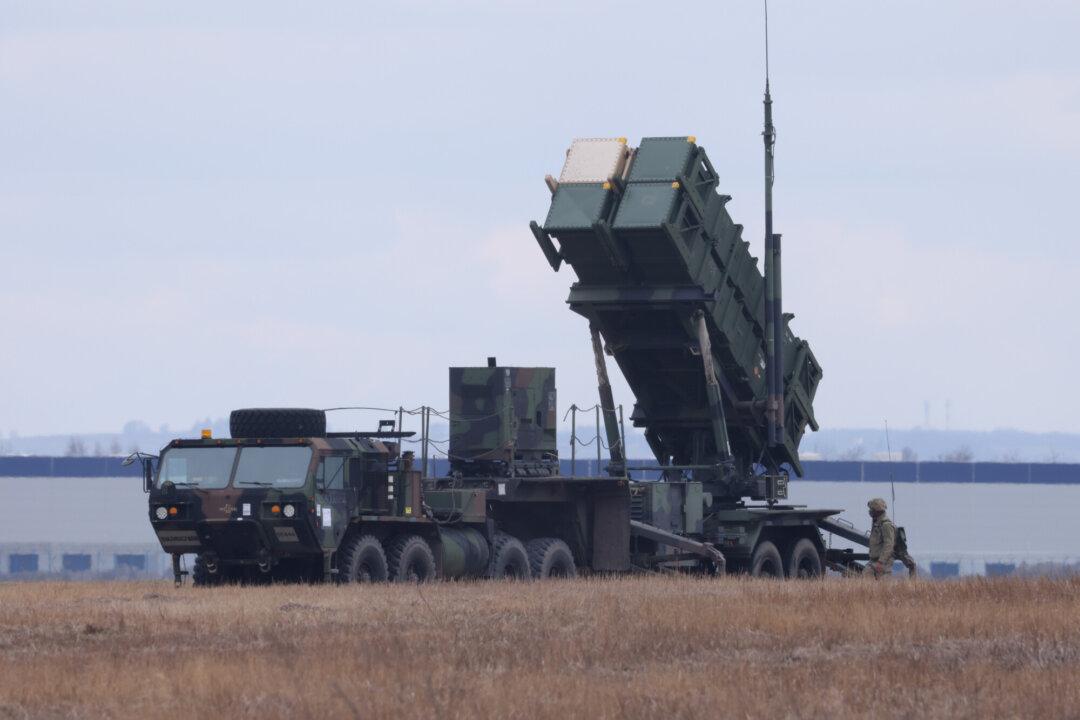Pentagon missile defense chiefs say the proposed $886.3 billion defense budget that hits the Senate floor this week provides urgently needed funding to address pressing shortfalls in missile systems, missiles, and missileers.
The massive appropriations package, or National Defense Authorization Act (NDAA), earmarks more than $70 billion for “theater range” anti-missile systems to counter proliferating ballistic, cruise, hypersonic, and kinetic threats “across all realms.”





